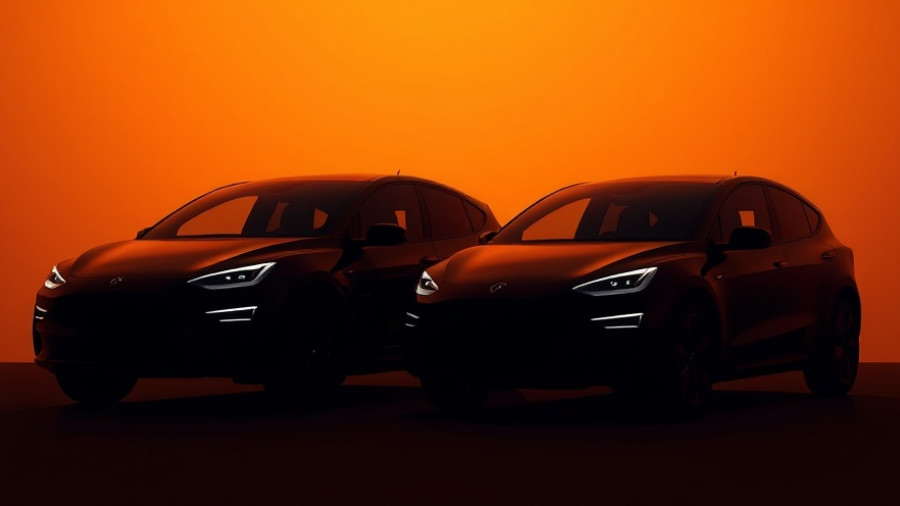
Lucid’s Bold Step Towards Self-Driving Technology
Lucid Motors is preparing to unveil its most ambitious project yet, as it gears up for the launch of a mid-size electric vehicle (EV) equipped with cutting-edge self-driving technology. This model is designed to compete directly with popular vehicles like Tesla's Model Y and Rivian's R2 SUV, aiming to deliver a Level 4 autonomous driving experience. With the integration of Nvidia's next-generation DRIVE Thor computing platform, this new EV is expected to feature advanced sensor systems that incorporate cameras, radar, and lidar, allowing for a comprehensive understanding of the vehicle’s surroundings.
Understanding Level 4 Autonomy
Level 4 self-driving capability signifies that the car can navigate most situations without human intervention. According to the Society of Automotive Engineers (SAE), these vehicles are designed for full autonomy under certain conditions, significantly reducing the need for driver oversight, even in complex traffic scenarios. Unlike its competitors, which often rely solely on camera-based systems, Lucid’s approach emphasizes a multi-layered perception strategy that promises enhanced safety and reliability.
Why Nvidia’s Technology Matters
The choice of Nvidia for this technological leap is strategic. The automaker aims to merge driving functionality with entertainment and safety systems into one robust computational environment. This integration allows Lucid not only to roll out new features over time but ensures the system is built on a strong foundation capable of evolving with advancements in technology and regulations.
Strategic Market Positioning: Targeting a Broader Audience
Lucid’s foray into the mid-size market is a crucial part of its strategy to increase production capabilities and reach price points that appeal to a larger consumer base. After being predominantly associated with high-end luxury sedans through models like the Lucid Air, this shift is crucial as it could amplify sales volumes and expand its consumer demographic. The company is keen to capture the interest of buyers who may have previously viewed EVs as elite options out of their financial reach.
Collaborative Synergies in the Autonomous Space
Lucid has also been fostering significant partnerships to further enhance its self-driving endeavors. Notably, its collaborations with Uber and the self-driving service Nuro signify a dual approach where personal and fleet vehicles can benefit from shared technological developments. This model indicates that Lucid is not just focusing on immediate sales but is also positioning itself within the larger landscape of shared mobility solutions.
The Road Ahead: Challenges in Realizing Level 4 Autonomy
Achieving Level 4 autonomy is no small feat, especially considering the hurdles faced by the automotive industry at large. Escalating regulatory requirements, safety protocols, and the inherent complexities of scaling self-driving technology have hindered many automakers, including industry giants. Lucid’s gradual, systems-first strategy may allow it to navigate these challenges more effectively, as they build a rollout plan tailored to current regulations and consumer needs.
Conclusion: A New Era for Lucid
With the launch of this mid-size EV and its focus on Level 4 autonomy, Lucid is poised to redefine its place in the automotive landscape. By emphasizing efficiency, safety, and an expansive view on self-driving capabilities, it is capitalizing on a sector that is rapidly evolving. As Lucid moves forward, the combination of advanced technology and thoughtful market strategy may well serve as a launchpad for broader acceptance and adoption of electric vehicles.
 Add Row
Add Row  Add
Add 




Write A Comment